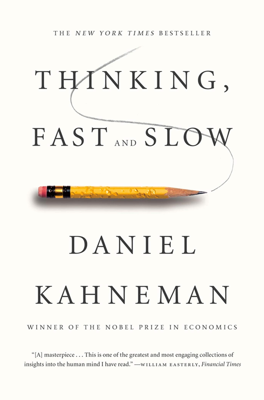How Judgments Happen
System 1's Automatic Assessments and Judgments
Continuous Assessment by System 1: System 1 perpetually monitors external and internal environments, producing instantaneous assessments critical for survival, such as identifying threats and opportunities. This system assigns value judgments (good or bad) based on cues like mood and cognitive ease, influencing decisions like approach or avoidance.
Judgment by Appearance: An example provided involves evaluating strangers' dominance and trustworthiness based merely on facial features like chin shape and expressions. While imperfect, these rapid assessments can impact survival by quickly identifying potential threats or allies.
Influence on Political Choices
- Quick Political Judgments: Research illustrates that brief exposures to politicians' faces can lead voters, particularly those less informed and highly exposed to television, to make competence judgments that significantly correlate with election outcomes. This suggests a strong role for superficial assessments by System 1 in voting behaviors.
System 1's Heuristic Substitutions
- Evaluating Norms and Prototypes: System 1 effortlessly handles judgments about norms or averages within categories but struggles with sum-like variables, such as calculating total lengths or understanding cumulative impacts. The example of public willingness to pay for bird safety, unrelated to the number of birds saved, illustrates this limitation, highlighting emotional responses to prototypes rather than rational evaluations of scale.
Intensity Matching and Mental Shotgun
Cross-Dimension Value Translations: System 1 can easily match intensities across different dimensions, such as associating the precociousness of a child learning to read with various scales of achievement or severity. This feature allows quick, intuitive judgments but can lead to inaccurate predictions when not grounded in statistical reasoning.
Excess Computational Responses: System 1 often produces more information than required, complicating its tasks. This "mental shotgun" effect is evident when people inadvertently include irrelevant details (e.g., spelling affecting rhyme detection) in their judgments, indicating a lack of precision in focusing cognitive efforts solely on relevant stimuli.
Practical Implications for Judgment and Decision Making
- Understanding the automatic functioning of System 1 helps in recognizing biases in judgments and decisions—from everyday assessments of individuals’ intentions to significant political decisions. Awareness of this system's influence can enhance critical evaluations, especially in situations where appearance and first impressions play a substantial role.
